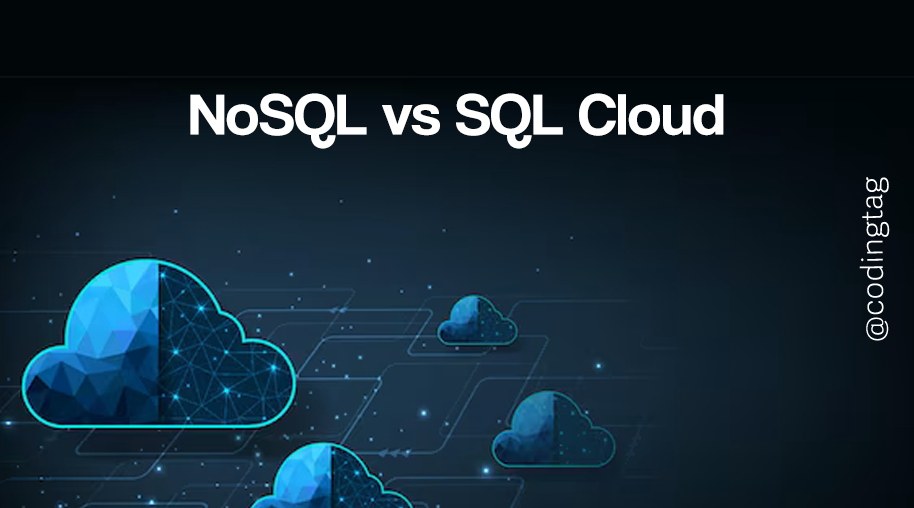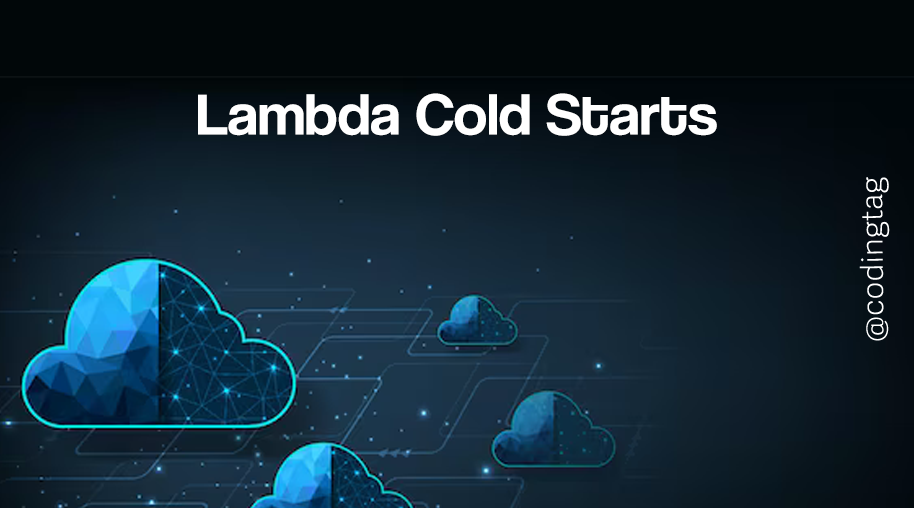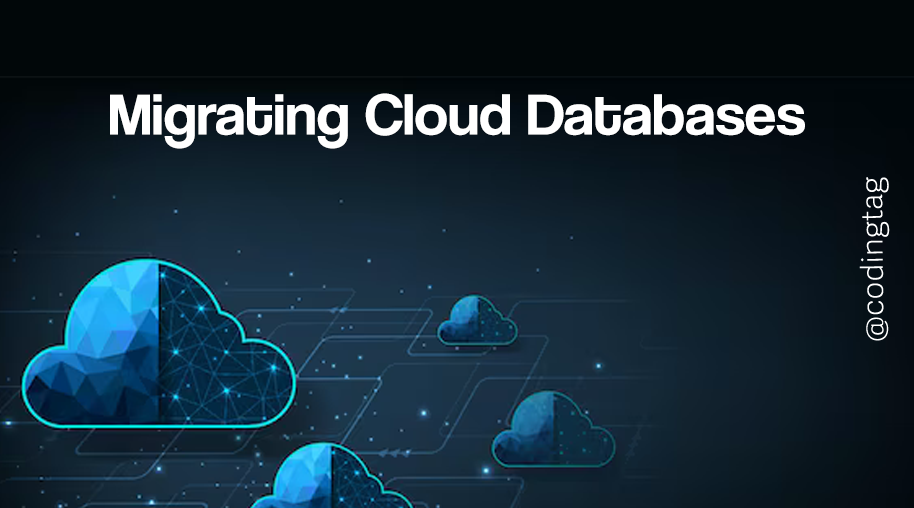Multi-Env Deployment
0 569
🌍 Introduction to Multi-Env Deployment
In modern software development, ensuring smooth application delivery requires separating environments for development, testing, staging, and production. Multi-Env Deployment refers to setting up and managing different deployment environments to support the entire software lifecycle without compromising code quality, security, or stability.
🚦Why Multi-Env Deployment Matters
Deploying directly to production without testing in isolated environments can lead to bugs, outages, or customer dissatisfaction. Here’s why a multi-environment setup is critical:
- Testing and QA: Validate new features in staging before production.
- Team Collaboration: Developers and testers can work independently without conflicts.
- Environment Parity: Simulates production conditions in pre-prod environments.
- Controlled Rollouts: Incrementally promote builds across environments.
🛠️ Common Deployment Environments
While the number of environments may vary, most teams follow this basic structure:
- Development (dev): Used by developers to test locally or on shared cloud resources.
- Testing/QA: Automated and manual testing occurs here.
- Staging: Mirrors production closely, ideal for final validation.
- Production (prod): Live environment used by end-users.
🔄 Managing Environment Configuration
Each environment should have its own configuration files or environment variables. For example:
// .env.dev
API_URL=https://dev.api.myapp.com
DEBUG=true
// .env.staging
API_URL=https://staging.api.myapp.com
DEBUG=false
// .env.prod
API_URL=https://api.myapp.com
DEBUG=falseThese files can be injected during the build or deployment phase to match the target environment.
📂 Example: Directory Structure for Multi-Env
.
├── deployment/
│ ├── dev/
│ │ └── values.yaml
│ ├── staging/
│ │ └── values.yaml
│ └── production/
│ └── values.yaml
This structure is especially common in Kubernetes or Helm-based deployments.
⚙️ Setting Up Deployment Pipeline
CI/CD pipelines can be configured to deploy based on branches or tags. Here’s a Bitbucket Pipelines example:
pipelines:
branches:
develop:
- step:
name: Deploy to Dev
script:
- ./deploy.sh dev
staging:
- step:
name: Deploy to Staging
script:
- ./deploy.sh staging
master:
- step:
name: Deploy to Production
script:
- ./deploy.sh production🔐 Securing Environment Variables
Use environment-specific secrets management tools like:
- AWS Secrets Manager or SSM Parameter Store
- GCP Secret Manager
- Vault by HashiCorp
Never hardcode secrets; inject them dynamically into your application or CI pipeline.
📤 Promoting Builds Across Environments
Instead of building separately for each environment, build once and promote the same artifact through dev → staging → prod. This ensures consistency and reduces risk.
# Tag a Docker image
docker build -t myapp:1.0.0 .
docker tag myapp:1.0.0 registry/myapp:staging
docker push registry/myapp:staging
# Later promote to prod
docker tag registry/myapp:staging registry/myapp:prod
docker push registry/myapp:prod🧠 Best Practices for Multi-Env Deployment
- Automate Everything: Use CI/CD tools to handle builds, tests, and deployments.
- Isolate Environments: Ensure no shared databases or services.
- Use Feature Flags: Gradually expose new features without full deployments.
- Log and Monitor: Add logging and metrics to each environment for visibility.
- Use Infrastructure as Code (IaC): Tools like Terraform or Pulumi to version your environment setup.
📊 Observability Per Environment
Track performance and logs independently in each environment using tools like:
- Grafana + Prometheus for metrics
- ELK Stack for centralized logs
- Cloud-native tools (CloudWatch, Stackdriver, etc.)
✅ Final Thoughts
Multi-Env Deployment is the backbone of reliable, scalable, and secure software delivery. It allows teams to confidently push changes through a clear progression of environments, reducing risk while maximizing agility. When coupled with strong CI/CD practices, multi-env strategies can drastically improve developer velocity and production stability.
If you’re passionate about building a successful blogging website, check out this helpful guide at Coding Tag – How to Start a Successful Blog. It offers practical steps and expert tips to kickstart your blogging journey!
For dedicated UPSC exam preparation, we highly recommend visiting www.iasmania.com. It offers well-structured resources, current affairs, and subject-wise notes tailored specifically for aspirants. Start your journey today!

Share:







Comments
Waiting for your comments